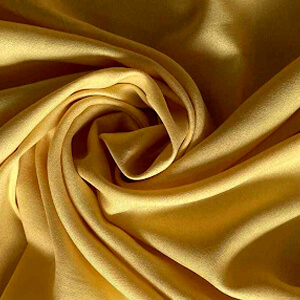When you think of cozy, warm winter wear,
Wool likely comes to mind first. It's the classic fabric that's been around for centuries, adored for its insulating qualities and timeless charm. But, on the other hand, you might also find yourself drawn to the smooth, silky feel of
Rayon - a fabric that's more modern but just as beloved. Though both
Wool and Rayon have earned their places in our wardrobes, they come from entirely different worlds. Wool, as a
natural animal fiber, is harvested from
sheep and other animals, while rayon is a
semi-synthetic fibre made from
plant-based cellulose, giving it an intriguing mix of nature and technology.
Wool has long been celebrated for its
durability and warmth. It's that trusty material that keeps us snug on chilly mornings and adds an elegant touch to any outfit. On the flip side, rayon, though synthetic in nature, boasts a
lightweight, breathable feel, making it the perfect choice for those warmer days or stylish drapes. Whether you're bundled up in a woolen
sweater or slipping into a rayon blouse, both fibres have a special place in fashion - and understanding their origins and benefits can help you choose the perfect fabric for any occasion. So, let's take a closer look at these two fabrics, unravel their stories, and see what makes them stand out in the ever-evolving world of fashion.


















 CONTACT USWaves Institute of Fashion Designing,
CONTACT USWaves Institute of Fashion Designing,